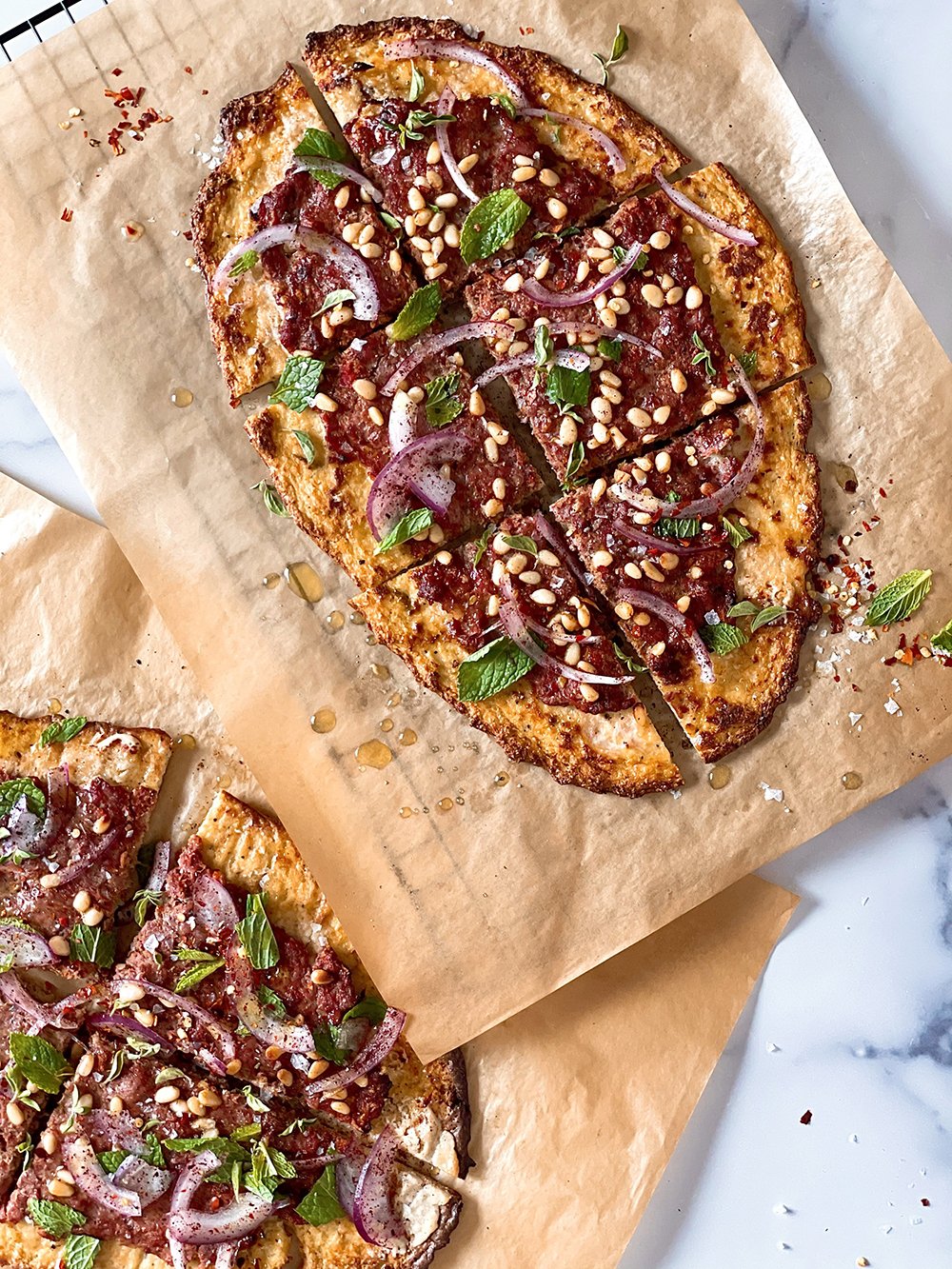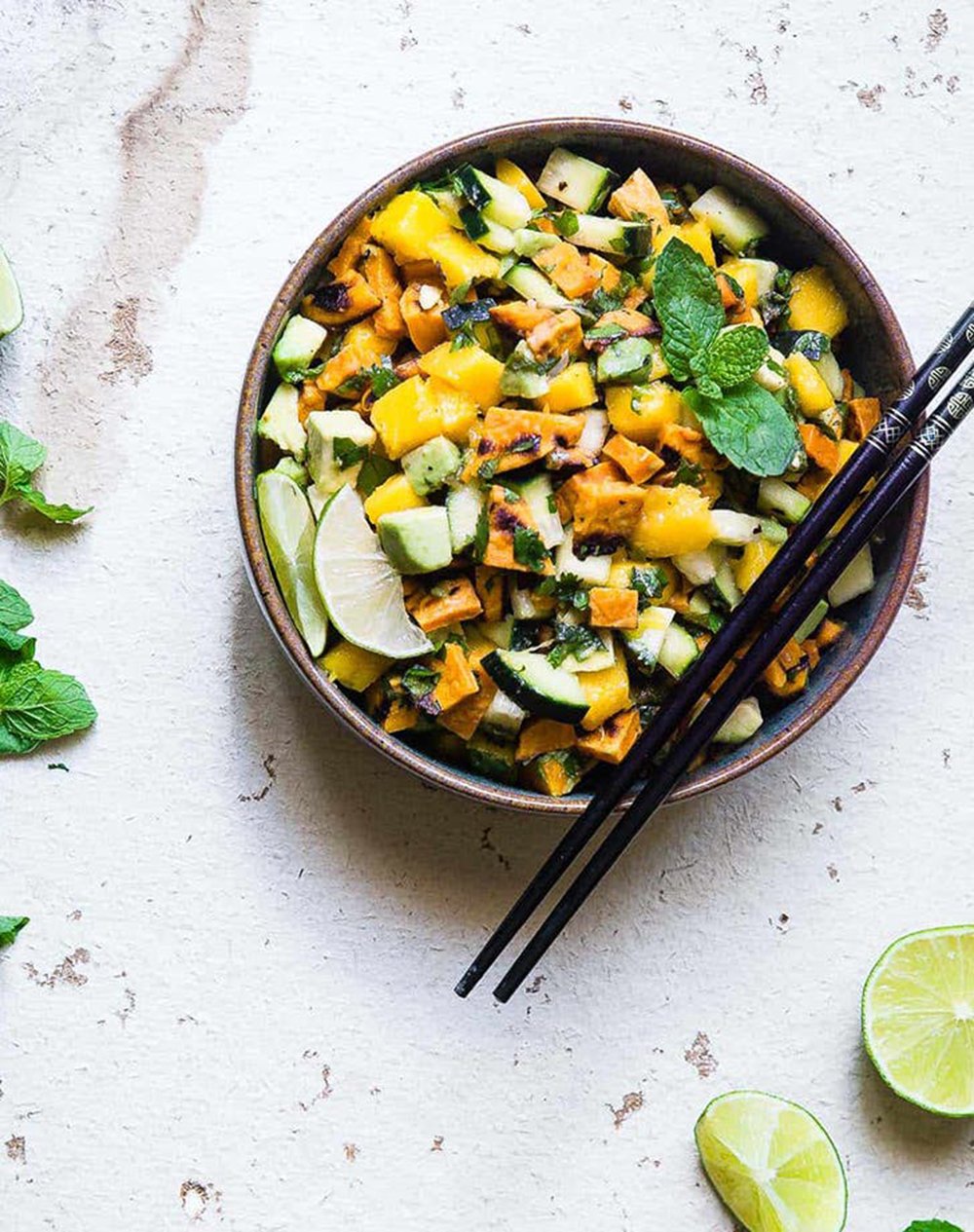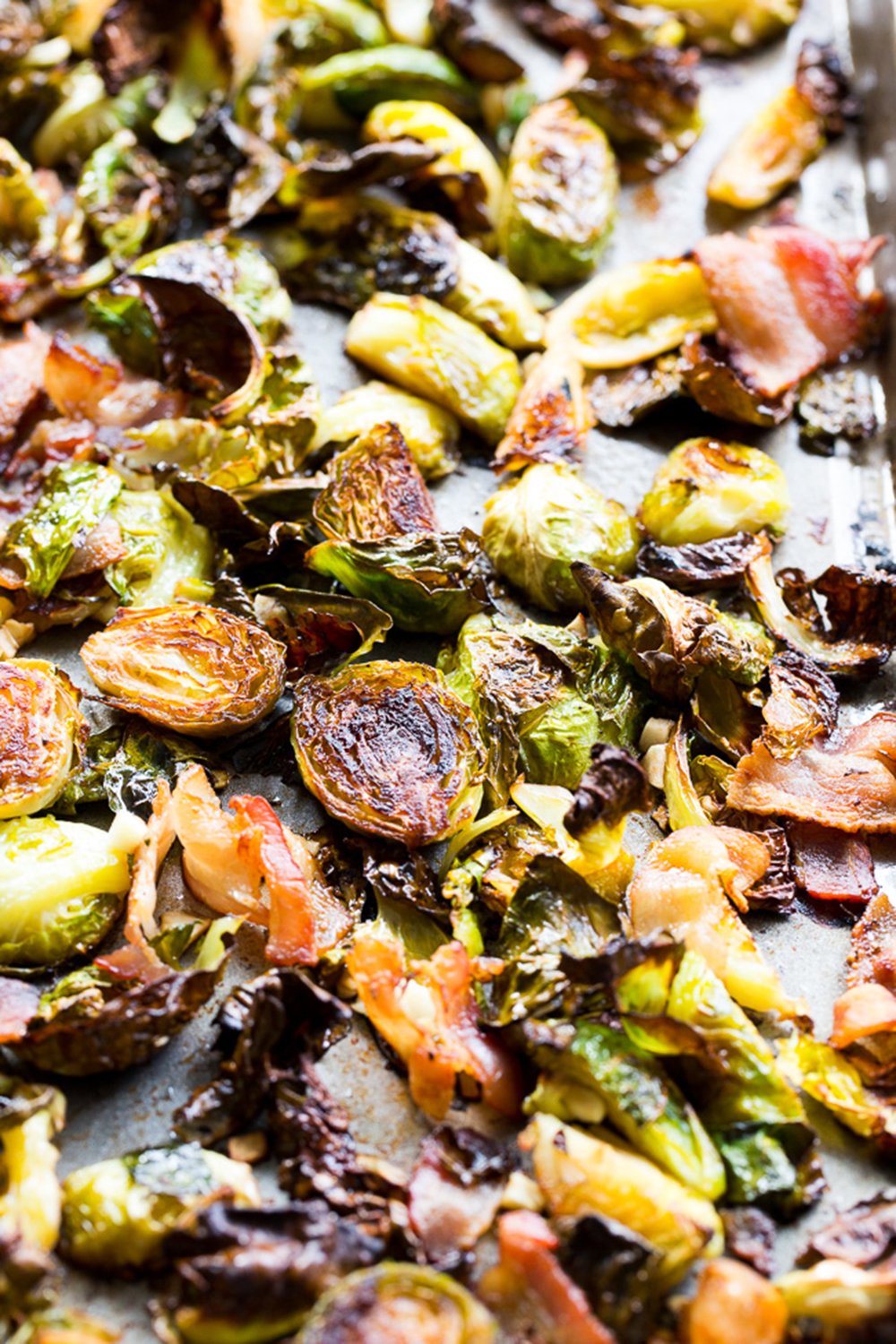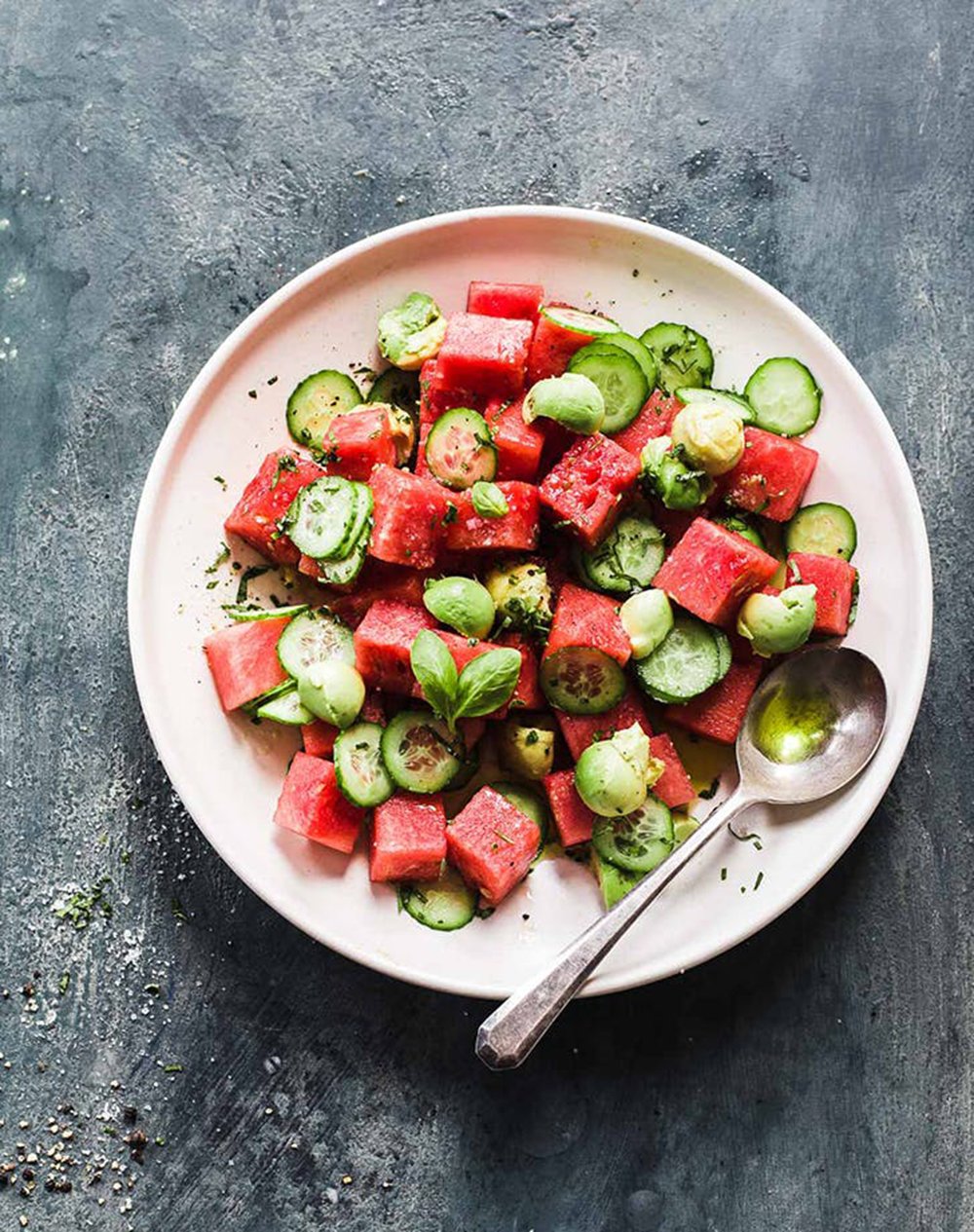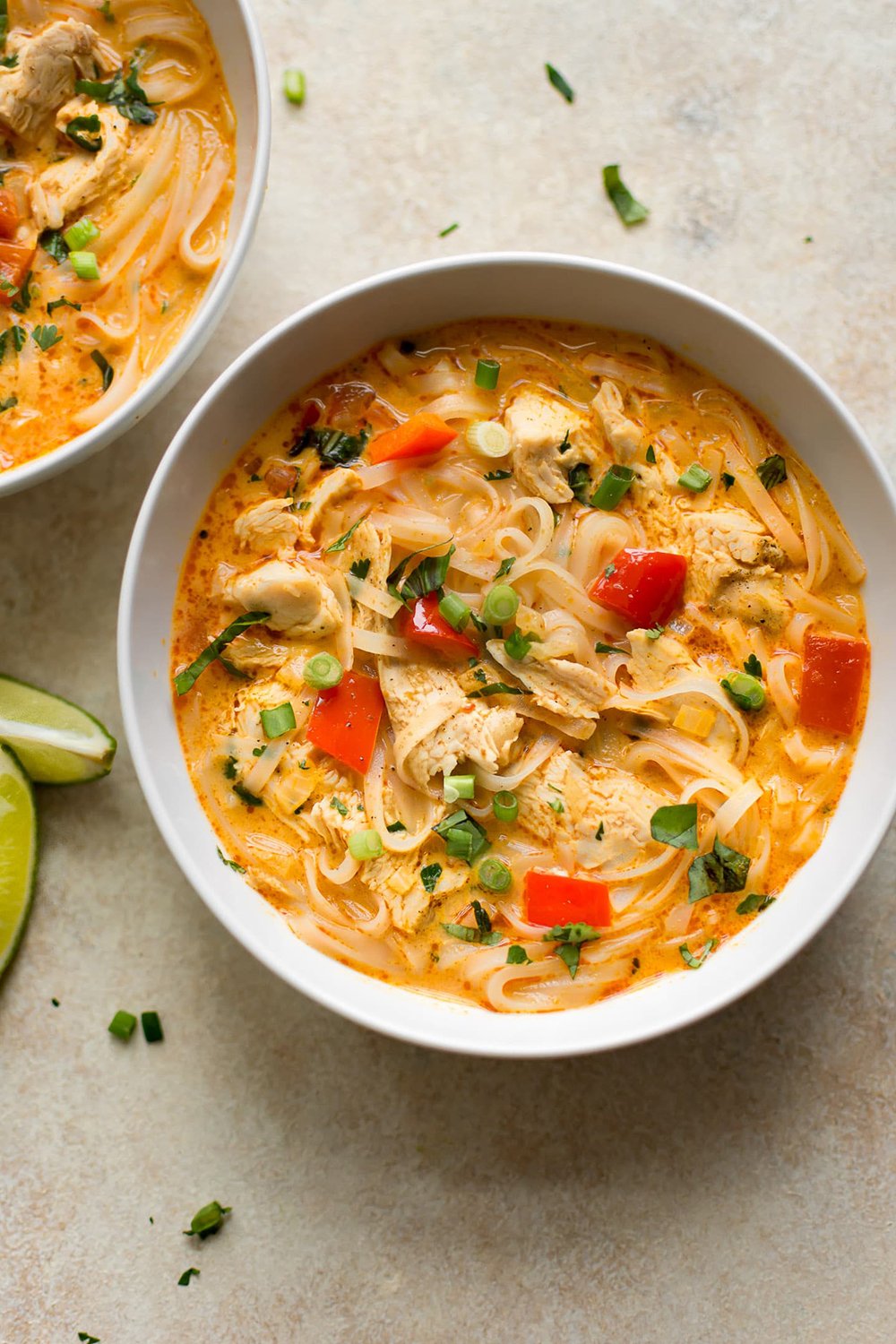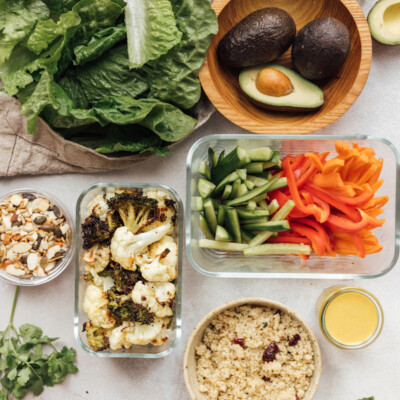Like many, I haven’t always known what to eat. The past 10 years (post-tennis career) have been especially difficult. I’ve tried vegan, Mediterranean, Whole30, paleo… and nothing at all. My hope has been to find homeostasis. I’ve wanted to feel good, perform well, and maintain optimal health. I’m convinced those entities look different for everyone and in a world filled with processed foods and harmful temptations, it’s hard to stay on track. It’s hard to discover what works for you. That’s why I’ve loved my experience on the pegan diet.
I went off birth control last July. I was on the medicine for over a decade, and ever since giving it up I’ve experienced symptoms I’ve never had before. My OBGYN has me exploring nutritional shifts and acupuncture. I’m also working with a nutritionist whose practice is rooted in a macro diet. We’re making sure I consume the appropriate amount of macronutrients for my physical makeup while incorporating real, whole foods that fall within the pegan diet.
What I love most about the pegan diet is that it’s largely intuitive and more focused on what you consume rather than what you restrict; achieving optimal health rather than losing weight; incorporating food you love rather than feeling guilty about “falling off track”.
It has encouraged me to truly scan how I feel before, during, and after I eat so that one day, my choices are automatic and based on one purpose: to feel good.
Below I’ve broken down the pegan diet, what it is, and why it might be the perfect choice for you. Let us know if you’ve explored this way of eating in the comment section and if so, drop us your favorite recipe!
Editor’s note: This story is based on my own personal experience and research into the pegan diet. Please consult your doctor or nutritionist before switching your diet to ensure this plan works for you and your health goals.
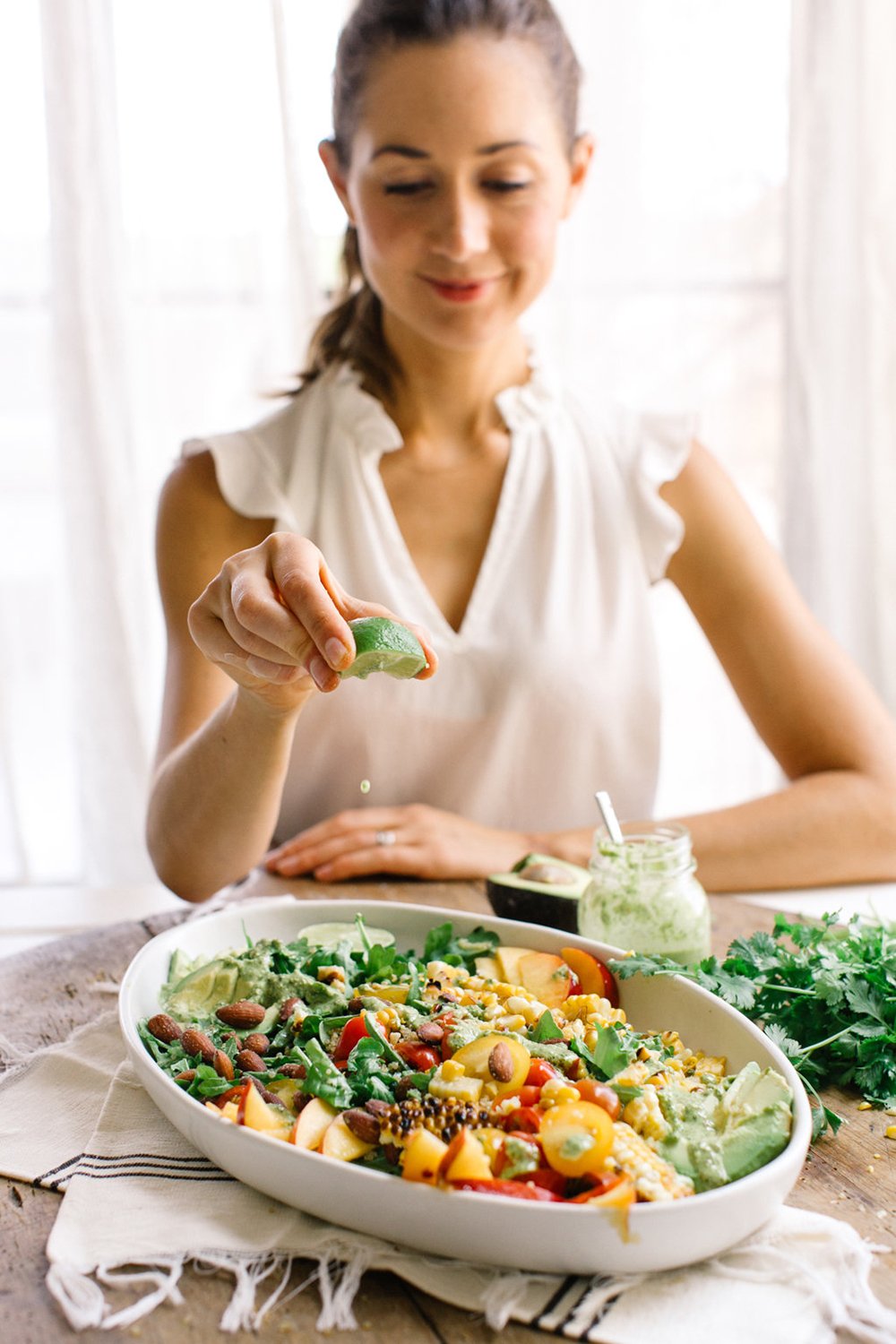
What is the pegan diet?
In simple terms, the “P” stands for paleo and the “egan” stands for vegan. It can be a mind buster because firstly, there are a lot of different opinions about what you can consume on the Paleo diet (essentially foods that predate agriculture), and secondly… vegans don’t consume anything that comes from animal products or byproducts. The Pegan diet is a blend of the two.
It may seem like a dichotomous way of eating but there is an underlying principle: eat real whole food. It’s not so far off from other popular ways of eating such as the Mediterranean diet or Whole30. And it is a perfect representation of one of my favorite quotes about eating:
“Eat food, not too much, mostly plants.”
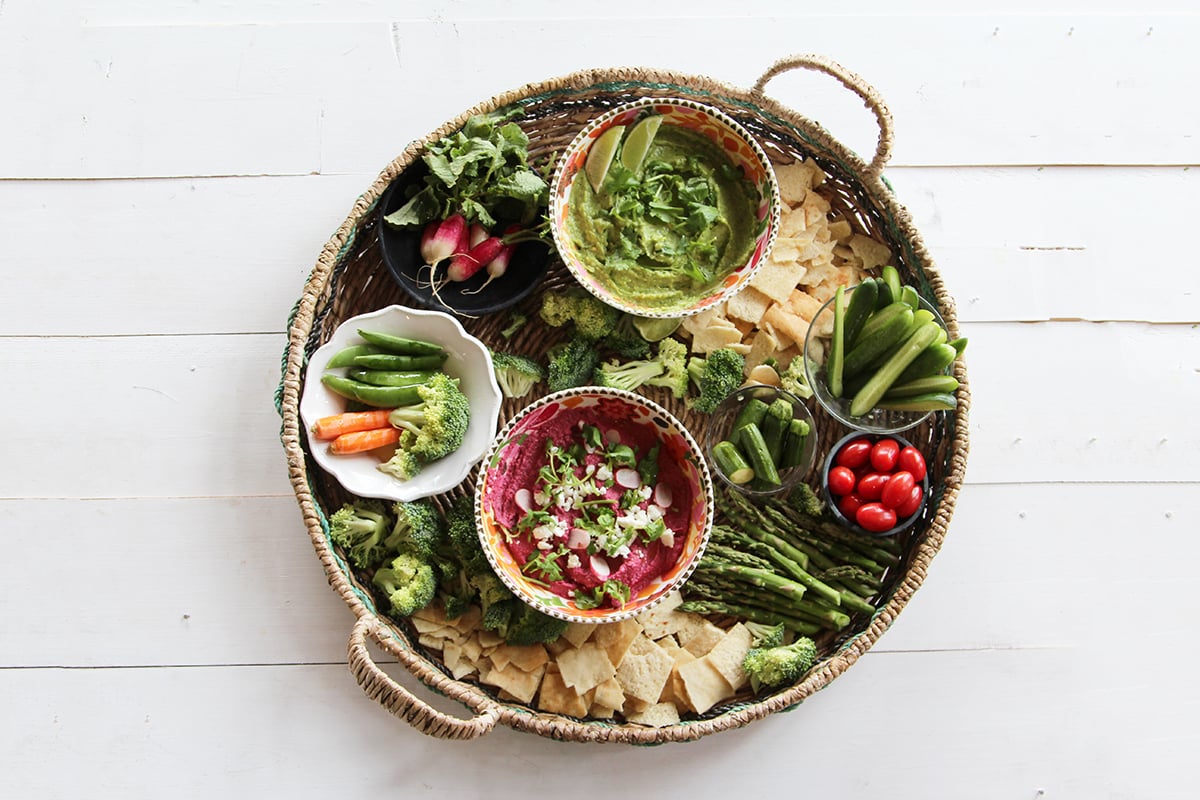
So… what do you eat?
- PLANTS. It’s suggested that at least one-half of your plate consists of vegetables. Whether the words ‘plants’ and ‘vegetables’ are interchangeable… good luck finding a solid answer.
- With that said, fruits and vegetables. You want to include deep colors and lots of variety; it’s really important to eat fruits and vegetables that you find tasty; remember, for a habit to stick, make it appealing!
- Grass-fed and/or sustainably raised meat. Granted, a more expensive route however in the long run you’re putting more pure food into your body and much less of it. Cheap is expensive.
- Nuts and seeds. I keep fat minimal (55ish grams a day) as I have found that a higher fat diet just doesn’t work for me, but we are all built differently. Do what works for you!
- Eggs. This is an incredible source of protein and super versatile.
- Fish. Aim for twice a week. Dr. Hyman suggests low mercury.
- Low sugar, flour, and refined carbohydrates of all kinds.
Personally, as mentioned, I’ve gone back to my athletic roots and am combining pegan ideology with a macro-focused diet. Therefore I shift outside of these guidelines by limiting nuts, elevating my protein, or having a restricted food from time to time. As long as I feel good and fueled, I’m on the right track.
Which foods do you avoid?
- Dairy. Though I still eat non-fat Greek yogurt.
- Grains. If you do eat grains, opt for gluten-free like brown rice, oats, and quinoa.
- Beans. They are a great source of nutrition however, due to the lectins in their skin, beans can cause inflammation. Personally, like many others, they present digestive issues. Some medical professionals say that moderate consumption is okay. Dr. Gundry has written a lot about lectins and which foods to avoid but if you are going to eat beans, make sure they have been soaked overnight, rinsed well, and pressure cooked—it won’t get rid of all the lectins but it will reduce them considerably.
- Sugar. You don’t need it. But if you have a craving, find a way to fulfill it. The more you withhold, the more likely you are to spring back full force. Consider an occasional treat.
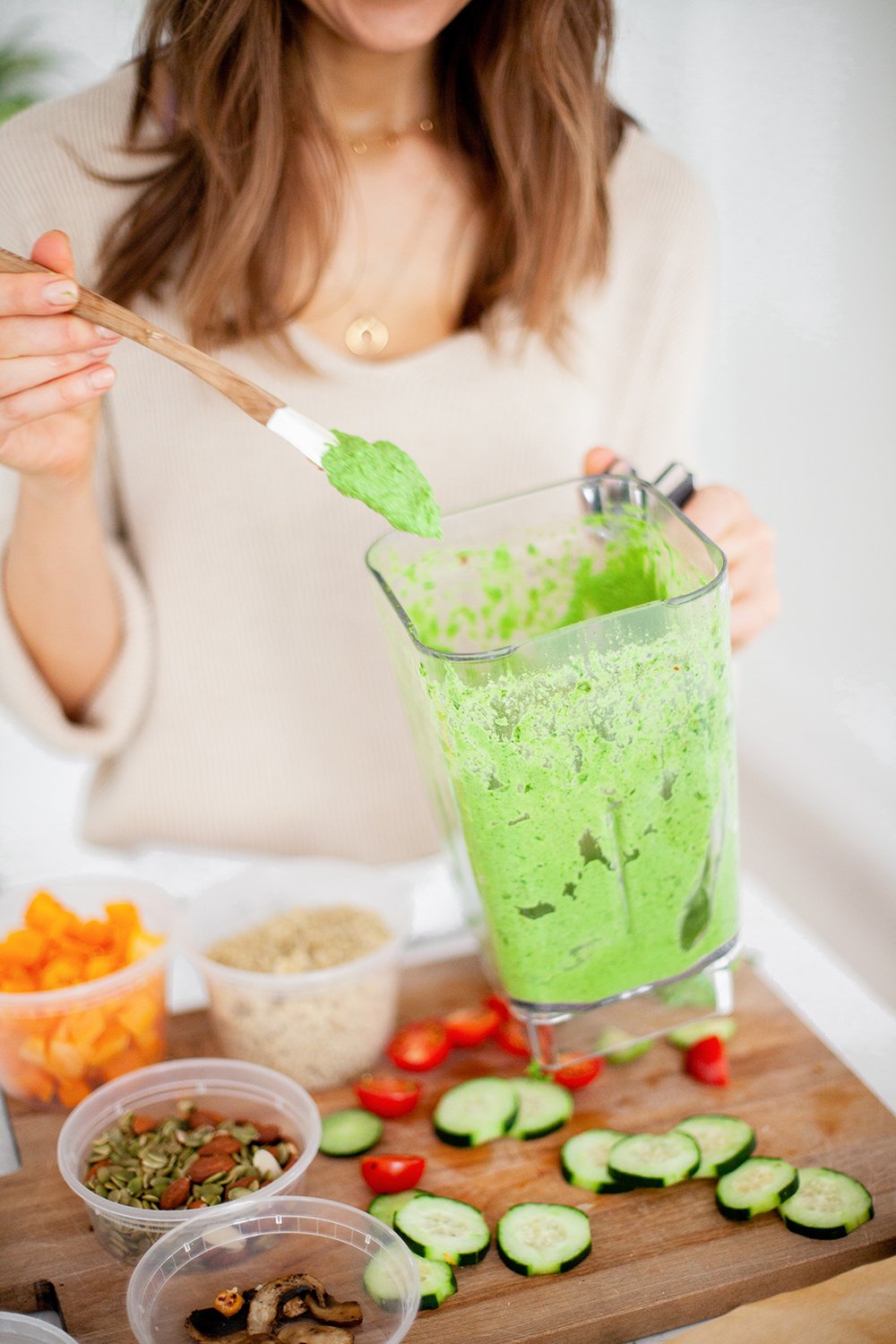
What are the benefits?
- More fiber and micronutrients in your diet
- Helps stabilize blood sugar
- Mitigates the impact of negative environmental impact by scaling back on meat and encouraging sustainably raised meat
- More balance and flexibility than other fad diets. It’s much easier to commit to eating in a flow state and will lead to more mindfulness and intentionality.
- Encourages you to listen to your biology, rather than focusing on ideology. Advocates for personalization so that you can fulfill your unique needs.
What are the downsides?
- Though it is less restrictive than other diets, it is still packed with rules. If you aren’t used to a program like Peganism, you might find it difficult and frustrating to follow.
- Some research suggests that whole grains, dairy, and legumes are beneficial for total health.
- It is more difficult in social situations such as gatherings or eating out at restaurants. Frustration could potentially lead to burnout.
- Should you decide to go extreme, it can be expensive. High-end meat and farmer’s market runs can get pricey. But honestly… maybe just cut out sustainably-raised ostrich?

Why I do and do not recommend the pegan diet
The only reason I wouldn’t recommend the pegan diet is if it just doesn’t suit your physical makeup. If you find that there are food groups you need that aren’t listed in this diet, don’t do it. Otherwise, I recommend Peganism. It involves common sense, less complexity, dense nutrition, and a climate-conscious way of eating.
A Pegan diet will remind you that food is medicine. It is meant to fuel you in an enriching way.
One of my favorite questions Dr. Hyman poses that you can ask yourself when eating is: Will this enhance or degrade my health? It’s more about what you add than what you take away. A Pegan diet will likely positively affect your microbiome, your immune system, your detoxification system, your hormones, and your brain chemistry.
5 recipes to get started on the pegan diet:
Turkish Cauliflower Pizza by Farmacy
Whether you have kids, a busy life, or just want a cozy night in, this is the pizza for you. It’s rich and yummy with layers of flavor. Everything can be prepared in advance and then assembled and cooked when you’re ready to pop it in the oven.
Cauliflower is a great pegan, diet-friendly option for pizza crust and is filled with vitamins like C and K. It also pairs well with almost any spice! And gosh, don’t even get me started on the health (and taste) benefits of lamb.
Thai Mango Avocado Salad With Grilled Sweet Potatoes by Food, Faith, Fitness
Perfect for summer, this salad has grilled sweet potatoes and a dressing that packs a punch. It’s great before or after a workout and mangoes are truly thriving right now. Tangy, juicy, smoky, salty, yummy.
Garlic Balsamic Roasted Brussels Sprouts With Bacon by Paleo Running Mama
Packed with flavor, this is the perfect side dish. To be honest, this is pretty much the only way I like to eat brussels sprouts. Not just because it’s so easy but also because I’m really into balsamic dressing these days and if you leave the sheet pan in a little extra longer… you’ve got Brussels crisps. Brb, gotta go turn on my oven.
Cucumber Avocado Watermelon Salad by Heartbeet Kitchen
I could write my own excerpt but Heartbeet Kitchen puts it so perfectly:
“I love how the definition of comfort food drifts with the seasons. August. The steamy days, and long nights. Those that allow the fields to flourish with fruits and vegetables, and their keepers to harvest them with steadfast soul. To then arrive in our hands. Watermelon dripping from our chins. Crunchy bites from cucumbers still warm off the vine. Sweet corn in our teeth. Juicy tomatoes dripping from a quintessential BLT. So much of what I eat this time of year is essentially a non-recipe, those you throw together on a whim with so few ingredients, yet they meld together so perfectly you make every week until those ingredients are out of season.”
Thai Turkey Soup by Salt & Lavender
Great for leftovers or for a stand-alone dish, this Thai turkey soup is creamy (without the dairy!) and super flavorful with fresh herbs and vibrant vegetables.


